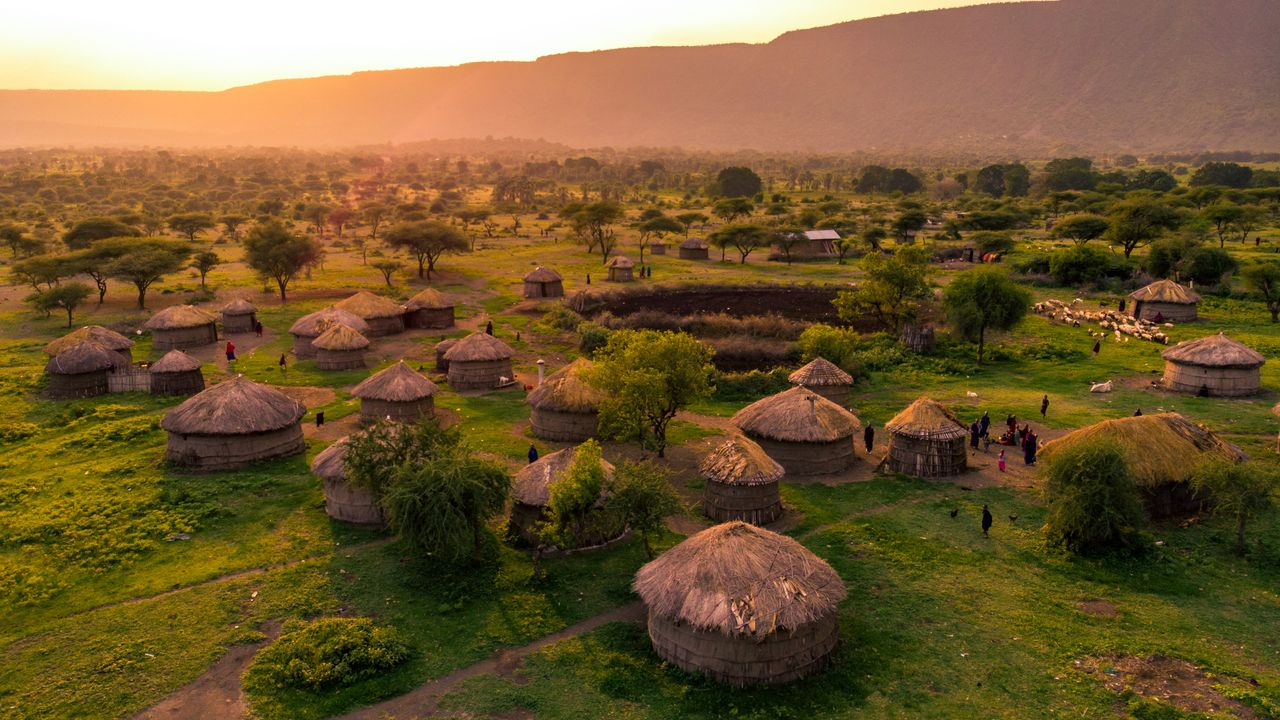Historical Sites in Africa: Exploring the Richness of the Past
Africa is a continent steeped in history and culture, with a plethora of fascinating historical sites that offer a glimpse into the continent’s rich past. From ancient fortresses to archaeological sites, Africa’s historical significance is undeniable. Let’s embark on a journey to explore some of the most captivating historical sites in Africa.
1. Great Zimbabwe
Located in present-day Zimbabwe, Great Zimbabwe is an archaeological site that was once the capital of the Kingdom of Zimbabwe. Dating back to the 11th century, this UNESCO World Heritage Site is renowned for its impressive stone ruins, which provide valuable insights into the architecture and engineering skills of the time. The site’s historical significance lies in its role as a trading hub and political center in the region.
2. The Pyramids of Giza
No exploration of historical sites in Africa would be complete without mentioning the iconic Pyramids of Giza in Egypt. Built as tombs for the pharaohs of ancient Egypt, these majestic structures have stood the test of time for over 4,500 years. The Pyramids of Giza are not only a testament to the advanced engineering skills of the ancient Egyptians but also hold great cultural and religious significance.
3. Fort Jesus
Fort Jesus, located in Mombasa, Kenya, is a 16th-century Portuguese fortress that played a crucial role in the region’s history. Built to secure Portuguese dominance in the Indian Ocean trade, Fort Jesus witnessed numerous battles and changing colonial powers. Today, it stands as a museum that showcases the region’s history, with exhibits displaying artifacts and providing insights into the interactions between different cultures.
4. Lalibela
Lalibela, a small town in Ethiopia, is home to a cluster of rock-hewn churches that date back to the 12th century. These magnificent structures, carved out of solid rock, are a testament to the architectural prowess of the time. Lalibela’s historical significance lies in its role as a pilgrimage site for Ethiopian Orthodox Christians and its status as a UNESCO World Heritage Site.
5. The Great Mosque of Djenné
The Great Mosque of Djenné, located in Mali, is the largest mud-brick building in the world. Built in the 13th century, this architectural marvel is an excellent example of Sudanese architectural style. The mosque’s historical significance lies in its role as a center of Islamic learning and its representation of the rich cultural heritage of the region.
6. The Valley of the Kings
The Valley of the Kings, situated on the west bank of the Nile in Egypt, is an archaeological site that served as the burial ground for pharaohs and powerful nobles of the New Kingdom. With over 60 tombs, including the famous tomb of Tutankhamun, this site offers a glimpse into the ancient Egyptian belief in the afterlife. The Valley of the Kings is a testament to the grandeur and opulence of ancient Egyptian civilization.
7. Timbuktu
Timbuktu, located in Mali, was once a thriving center of trade, scholarship, and Islamic culture. The city played a significant role in the trans-Saharan trade routes and was a hub for the exchange of goods, ideas, and knowledge. Today, Timbuktu is recognized for its historical significance as a center of learning and its well-preserved architectural heritage.
These are just a few examples of the many historical sites in Africa that offer a glimpse into the continent’s rich and diverse past. Exploring these fortresses, archaeological sites, and cultural landmarks allows us to appreciate the historical significance and the remarkable achievements of the civilizations that once thrived in Africa. Let us cherish and preserve these treasures for future generations to come.
